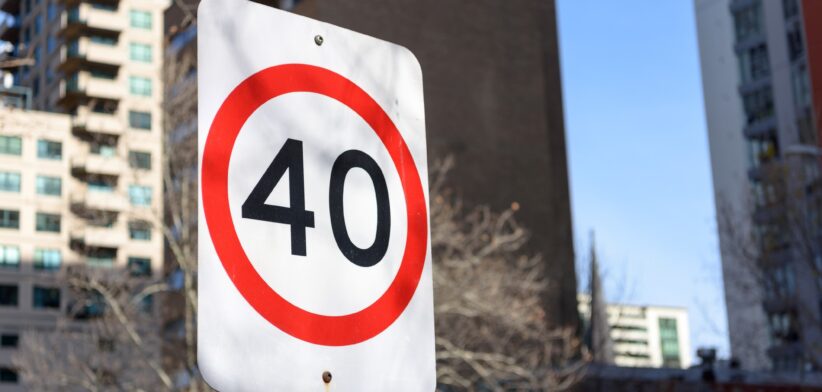Australia has little hope of achieving its goal of halving road fatalities by 2030, without bold moves to manage speed limits, backed by financial investment and political will.
A new report from global professional services company GHD found unpopular, but effective, road safety solutions, such as speed management, were urgently needed in Australia.
GHD Technical Director Road and Civil Infrastructure Adam Wilmot said in the three years since Australia aligned its road safety strategy to the United Nations’ global 2021-2030 action plan and adopted the 50 percent reduction target, the number of Australians killed in road crashes had increased, not declined.
Data from the Australian Government’s Office of Road Safety showed 1270 people died on our roads in 2023, a 7.6 percent annual increase, with the figures trending higher again this year.
Mr Wilmot said Australians should not accept that it was inevitable that hundreds of people died on our roads each year.
“Australia’s road safety record can be turned around, with speed management the fastest and most cost-effective lever to pull first,” he said.
GHD’s Road Safety Insights for Future Generations report identified three key components of speed management: Data-driven and depoliticised speed limiting setting; increased use of automated enforcement and shifting community perceptions about speed through education.
Mr Wilmot said there was evidence around the world that this approach worked.
“The Welsh Government made the courageous but controversial move to change speed limits in built-up areas from 48 km/h (30mph) to 32 km/h (20mph) in late 2023,” he said.
“Early data shows a material reduction in collisions and casualties in Wales in the first quarter of 2024, with the number of injuries on roads with 20mph and 30mph speed limits 19 percent lower than in the previous quarter and 26 percent lower than in the same quarter in 2023.”
The release of the Road Safety Report follows an earlier GHD report called CROSSROADS, which focused on intergenerational equity and revealed road safety was a crucial concern for many people in communities.
According to the CROSSROADS report, safer roads not only protected lives but also enhanced access to essential services, employment opportunities and social connections, particularly for vulnerable populations such as the elderly, low-income families and those without access to private vehicles.
Mr Wilmot said the subsequent Road Safety Report was the result of a wide-ranging analysis of the international road safety landscape, including policy reviews, case studies and interviews with senior leaders from transport agencies and governments in Australia, Canada, the United Kingdom, New Zealand and the USA.
He said three common levers for improvement were identified, with funding access and allocation and political leadership and community support joining speed management as the optimal three-prong approach.
“We cannot succeed in achieving the ultimate Vision Zero goal of no road fatalities without committed leadership, collaboration and community support, as well as funding targeted to the riskiest parts of our road safety system,” he said.
The report found that adequate funding was essential and required data-driven risk identification and allocation and the channelling of enforcement revenue towards road safety actions, with a coordinated funding across portfolios.
“The transport experts we spoke to told us that increased investment in road safety infrastructure upgrades, data analytics, innovative designs and following through on proven strategies and policies is essential for achieving road safety targets, with local governments also emphasising community engagement.”
The report suggested community support could be gained by connecting road safety goals to broader societal benefits.
It stated community objections could be overcome by telling stories that demonstrated the impact of road safety measures and being fully transparent about where revenue went.
“Whoever we spoke with across the world, they all shared the same road challenges: managing speed; getting funding; and garnering community support,” Mr Wilmot said.
“There is significant goodwill and knowledge-sharing that can occur across borders to collectively reduce the global road toll, which stands at a staggering 1.3 million people, with an additional 20-50 million injured annually.”
Access GHD’s Road Safety Insights for Future Generations report.
Access GHD’s CROSSROADS report.








